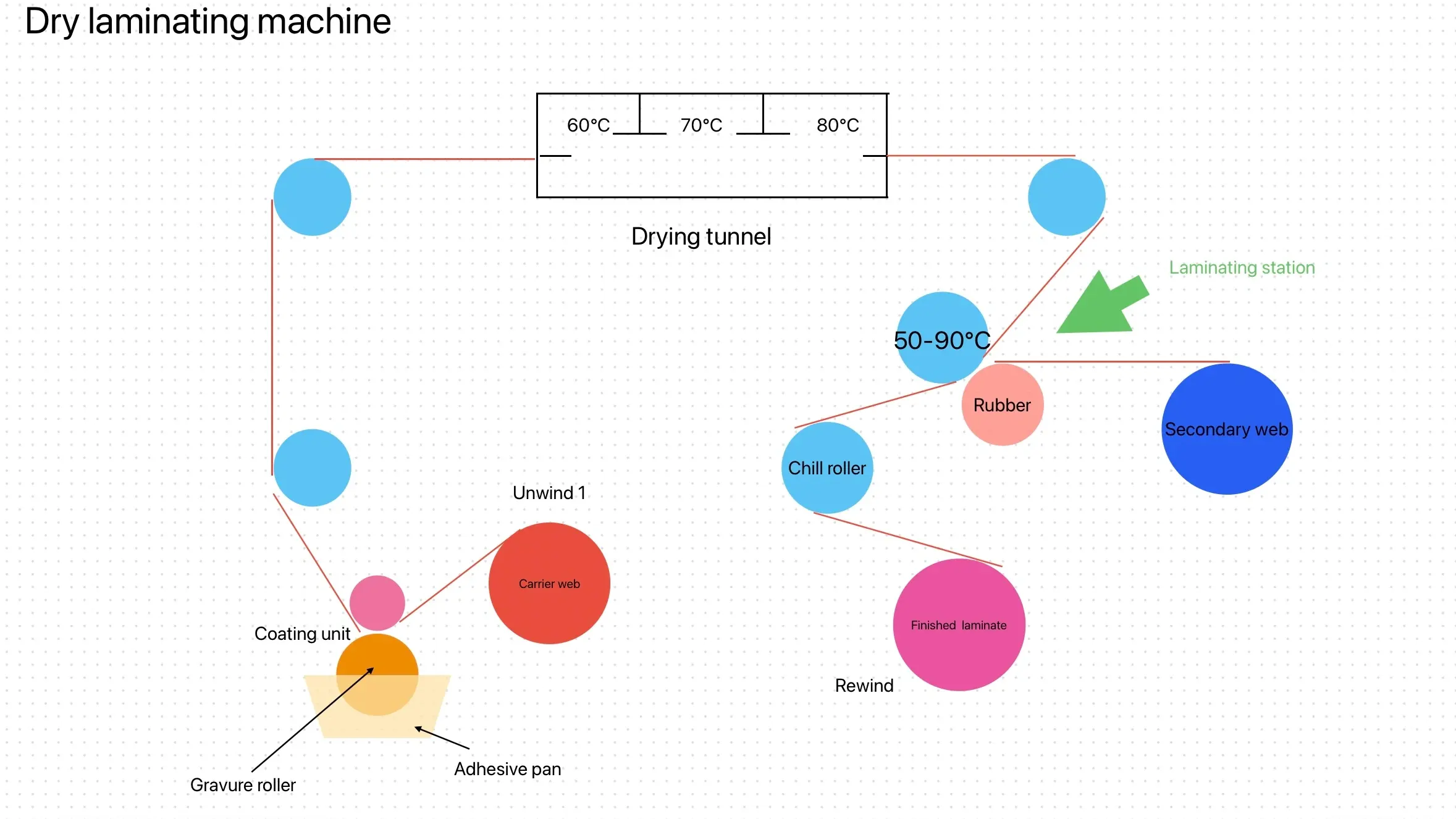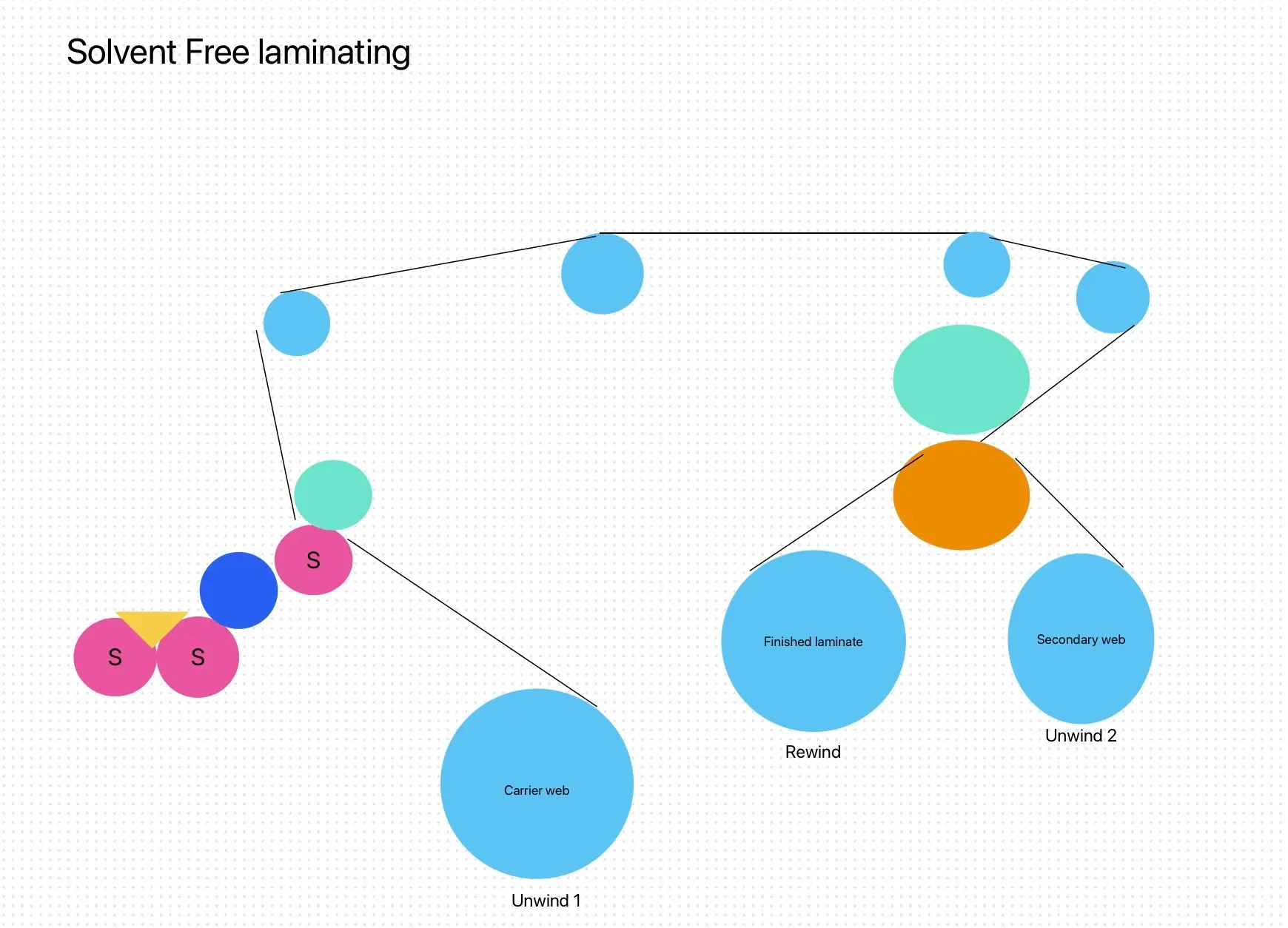The woven bag customers of Shandong customers use surface printing ink, while the common ink in China is polyester integrated ink. When this ink is used for composite aluminum-plated packaging bag film, there are white spots. We suggest that customers change the ink to polyester integrated ink, and there will be no white spots and other problems in the future.
The inks used for composite packaging printing at home and abroad may be different. Abroad, chlorinated polypropylene ink is common, and when used for solvent-free composite packaging bags, ink dissolution will occur.
In the production process of woven bags of Shandong customers, surface printing ink was initially used. Although this ink has a low cost, it has obvious white spots when used for composite aluminum-plated packaging bag film, affecting the appearance and quality of the product. After technical analysis, we found that the adhesion and weather resistance of surface printing ink are poor, especially on highly reflective and smooth materials such as composite aluminum-plated film, it is easy to have problems such as uneven ink distribution and local peeling, resulting in white spots.
In response to this problem, we suggest that customers change the ink to polyester integrated ink. Polyester integrated ink has excellent adhesion, high temperature resistance and chemical resistance, and is particularly suitable for printing composite packaging materials. After switching to this ink, the customer’s production line no longer had white spots, and the printing quality and yield of the products were significantly improved. In addition, the polyester integrated ink dries faster and can adapt to high-speed printing needs, further improving production efficiency.
In the field of composite packaging printing at home and abroad, there are obvious differences in the choice of ink. Polyester integrated ink is widely used in China because of its stable performance and is suitable for a variety of composite processes, especially for aluminum-plated films, PET and other materials. In foreign countries, especially in some European and American markets, chlorinated polypropylene ink (CPP ink) is more common. Although this ink performs well on some substrates, it is prone to ink dissolution when used in packaging bags for solvent-free composite processes. During the solvent-free composite process, the active ingredients in the adhesive may react chemically with the chlorinated polypropylene ink, causing the ink to dissolve or migrate, thereby affecting the clarity of the printed pattern and the overall beauty of the packaging.
Therefore, it is crucial to choose the right ink for different composite processes and packaging materials. The successful application of polyester integrated ink in the domestic market and its good compatibility with solvent-free composite processes make it an ideal choice for high-demand packaging printing. For export-oriented enterprises, it is necessary to adjust the ink formula or compound process according to the process standards and material characteristics of the target market to avoid similar ink dissolution problems. This case also highlights the importance of material science and process adaptation in the packaging and printing industry.




